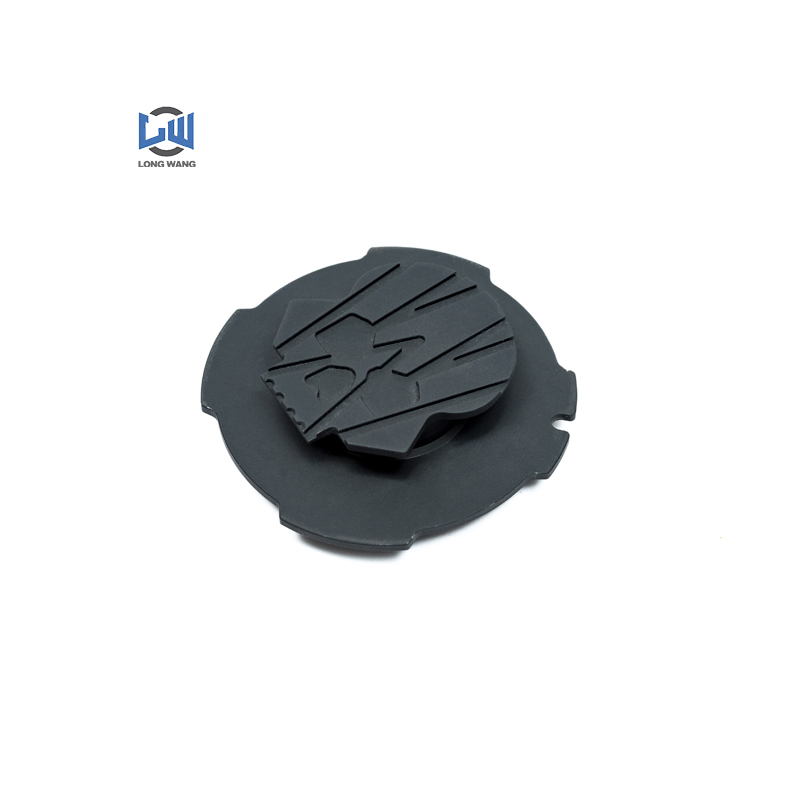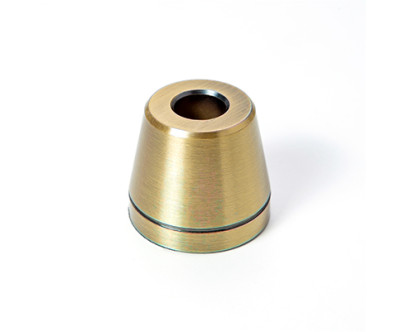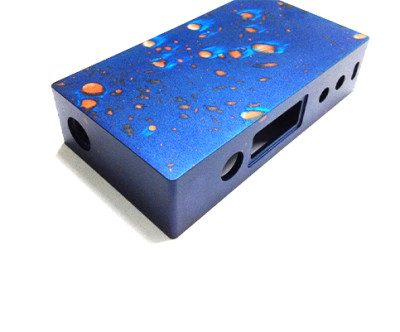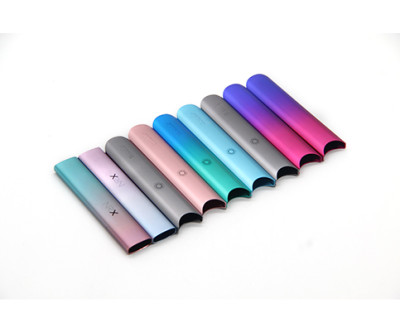Hot Topics for Custom 5 Axis Machining Parts?
Hot Topics for Custom 5 Axis Machining Parts
In today’s fast-paced and precision-driven industries, custom 5 axis machining parts have become a key component in advanced manufacturing. From aerospace to medical devices, automotive to robotics, the demand for complex geometries, tighter tolerances, and faster production cycles has never been higher. Let’s dive into some of the most talked-about topics around 5 axis machining and why this technology continues to gain momentum.
1. The Evolution of 5 Axis Machining
5 axis machining has evolved significantly from traditional 3-axis operations. While 3-axis machining moves along the X, Y, and Z axes, 5 axis machines add rotation around two additional axes (A and B), allowing for much greater flexibility. This capability allows for the production of intricate shapes and undercuts in a single setup, reducing time and increasing accuracy.
2. Superior Precision and Efficiency
One of the primary advantages of 5 axis machining is its unmatched precision. Manufacturers can achieve extremely tight tolerances, sometimes within a few microns. Combined with advanced CAD/CAM software, 5 axis machining reduces manual intervention, minimizes setup changes, and shortens production cycles — all while maintaining consistency and repeatability.
3. Customization Across Industries
The beauty of 5 axis machining lies in its adaptability to different industries. For instance:
Aerospace: Producing turbine blades, engine components, and structural brackets.
Medical: Crafting orthopedic implants, surgical tools, and dental components.
Automotive: Creating lightweight structural parts and high-performance engine elements.
Robotics: Manufacturing intricate gear systems and motion-control parts.
Each of these industries requires unique specifications, which custom 5 axis machining can easily fulfill.
4. Material Versatility
Another hot topic is the variety of materials that can be processed using 5 axis CNC machines. These include:
Aluminum 6061, 7075
Titanium alloys (e.g., Ti6Al4V)
Stainless steel
Brass and copper
Engineering plastics like PEEK and Delrin
The ability to handle both hard metals and lightweight composites makes 5 axis machining ideal for prototyping and production runs alike.
5. Faster Time to Market
In competitive sectors like consumer electronics and aerospace, reducing time to market is critical. 5 axis CNC machining dramatically cuts down on production time by eliminating multiple setups, tool changes, and complex fixtures. This results in faster delivery, especially for low-to-medium volume orders that require high precision.
6. Surface Finish and Aesthetics
Because of the continuous tool movement and fewer setups, 5 axis machining often results in better surface finish and aesthetic quality. This is especially important in industries where component appearance matters — such as high-end consumer products or medical equipment.
7. Integration with Digital Manufacturing
Digital transformation has been a major topic across manufacturing, and 5 axis machining is at the center of this shift. When integrated with CAD/CAM systems, IoT sensors, and automation platforms, custom 5 axis machining delivers smart production capabilities — real-time monitoring, predictive maintenance, and seamless design-to-manufacture workflows.
8. Challenges and Learning Curve
Despite its advantages, 5 axis machining comes with a learning curve. Programming is more complex, fixture design requires more planning, and machine calibration must be precise. However, the benefits far outweigh the challenges, especially when guided by experienced operators and engineers.
9. Prototyping and Low-Volume Production
Many manufacturers are turning to 5 axis machining for rapid prototyping and small-batch production. The ability to quickly produce functional parts — even with complex geometries — enables faster design validation, testing, and iteration without the need for costly tooling.
10. Future Trends in 5 Axis Machining
As technology advances, we can expect further innovation in this field:
AI-assisted machining strategies
More affordable 5 axis CNC machines for SMEs
Increased use of additive + subtractive hybrid systems
Real-time adaptive toolpaths
These developments will continue to expand the possibilities for custom part production and open new doors for designers and engineers.
Conclusion
Custom 5 axis machining parts are no longer a luxury — they are becoming an essential component of modern manufacturing. Their ability to reduce costs, increase accuracy, improve speed, and unlock complex designs is transforming how industries approach both prototyping and full-scale production. Whether you're designing a new aerospace bracket or developing a next-gen medical implant, 5 axis CNC technology is at the heart of innovation.



